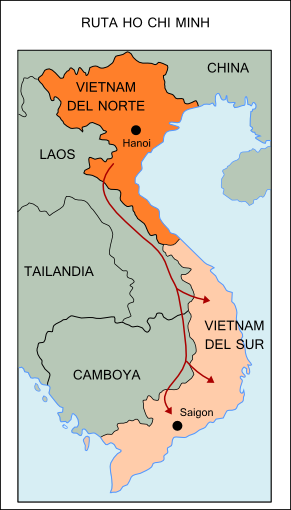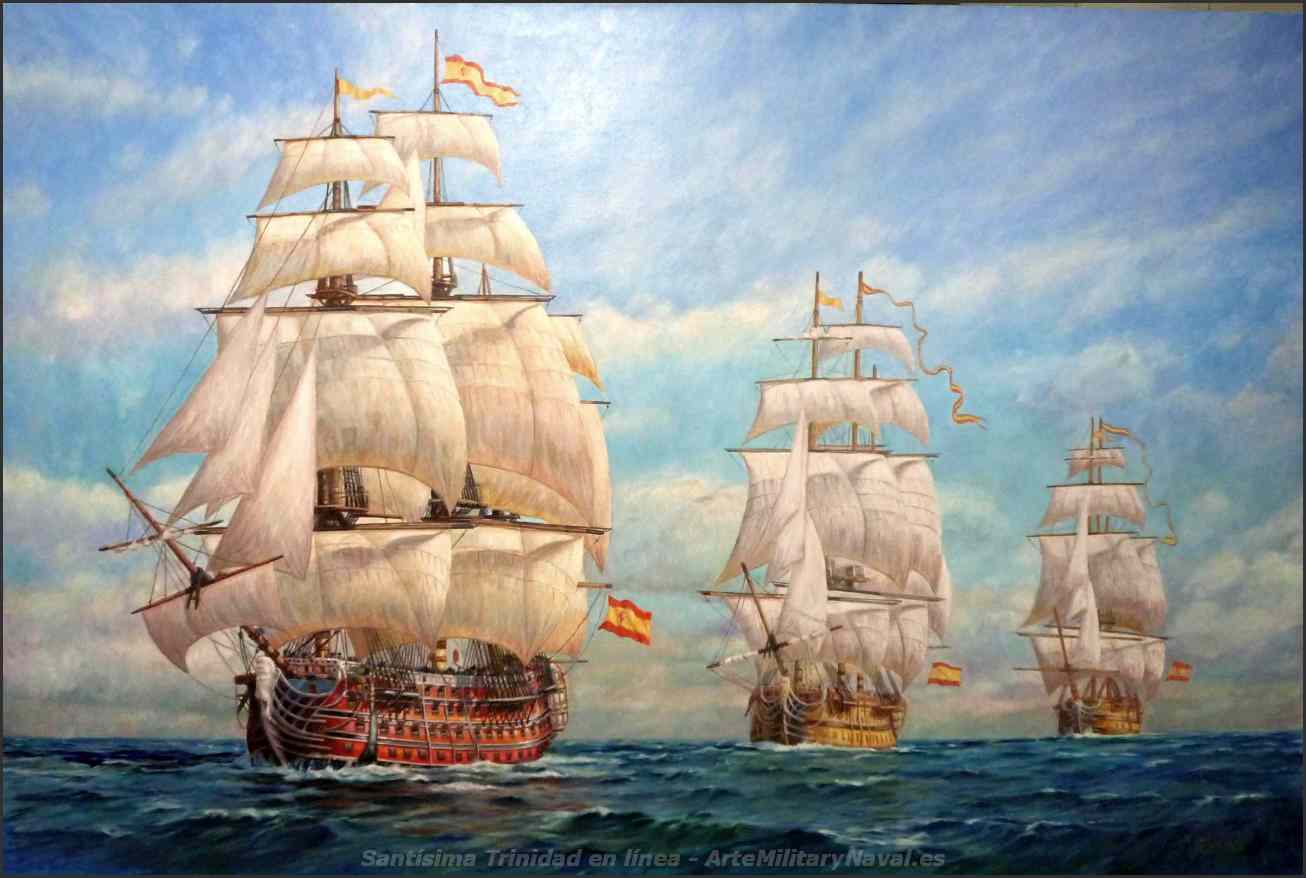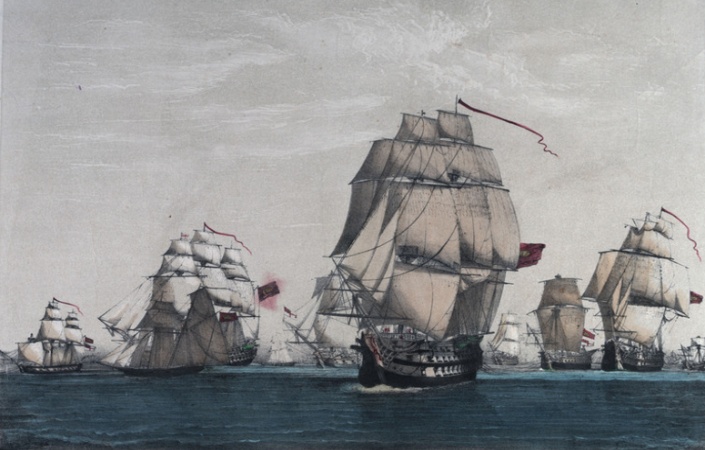Utilizamos esta Sección de Novedades para dar a conocer en avance los próximos artículos que irán apareciendo en las distintas «categorías» de temas de esta página, dedicada a los conflictos y crisis modernos.
Terrorismo, Guerrillas y Violencia
El Terrorismo es una compleja operación Política y Violenta de amplia Variedad de acciones. Sus acciones violentas deben ser deliberadas, Continuas o Sistemáticas y buscando Influenciar a una amplia audiencia (mucho mayor que los afectados Directamente por dichas acciones violentas) y generando miedo, hasta miedo insuperable, en dicha “población blanco u objetivo”. Para que realicen y tomen las actitudes y acciones que los terroristas buscan.
Así, una acción aislada o sin interés político no es terrorismo. Será vandalismo,odio vesánico, brote psicótico… pero no es, ni será técnica o jurídicamente terrorismo.
Terrorism, Guerrillas and Violence
Terrorism is a complex Political and Violent operation with a wide Variety of actions. Their violent actions must be deliberate, Continuous or Systematic and seeking to Influence a wide audience (much larger than those directly affected by the violent actions) and generating fear, even insurmountable fear, in the “target or target population.” So that they carry out and take the attitudes and actions that the terrorists seek.
Thus, an isolated action or one without political interest is not terrorism. It will be vandalism, mad hatred, a psychotic break… but it is not, nor will it be, technically or legally, terrorism.
Inteligencia militar y nacional, fallos y resultados.
Los servicios de inteligencia de los grandes países suelen acertar muchas veces en sus opiniones y pronósticos.
Los trabajos concretos de inteligencia a los que se dedican unos pocos agentes modernos, suelen terminar con un éxito parcial o total.
Los trabajos complejos con ramificaciones y desarrollos, que esconden un futuro estimable, pero, no seguro, fallan estrepitosamente. Por esta particularidad compleja y futurible. Y, porque la capacidad de observar y medir un parámetro del alma humana es algo inaprensible, dudoso e incómodo. Seguidamente veremos varios casos concretos.
Las razones para que se produzca la divergencia de aciertos entre los casos singulares y la proyección al futuro (solución prevista) de los asuntos complejos, trascendentes al tiempo, están en parte en la dificultad de su concepción, el riesgo que se corre en aventurar y en la exposición no contrastada a los mandos. Evidentemente, existe aquí una dialéctica entre el ocultamiento realizado y el proceso cognitivo e intuitivo de su imaginación, desarrollo y proyección (solución estimada).
Military and National Intelligence, failures and results.
The intelligence services of large countries are often correct in their opinions and forecasts.
The specific intelligence tasks to which a few modern agents are dedicated usually end with partial or total success.
Complex works with ramifications and developments, which hide an estimable but not certain future, fail miserably. Because of this complex and future peculiarity. And, because the ability to observe and measure a parameter of the human soul is something elusive, doubtful and uncomfortable. Next we will see several specific cases.
The reasons for the divergence of successes between singular cases and the projection into the future (foreseen solution) of complex issues, transcending time, are partly in the difficulty of their conception, in the risk that is run in venturing and in the non contrasted exposure to the commands. Obviously, there is a dialectic here between the concealment carried out and the cognitive and intuitive process of its imagination, development and projection (estimated solution).
HAMAS ATACA A ISRAEL EN 2023.
Los distintos atacantes llevaron a cabo un “ataque de enjambre” sobre posiciones en el centro y sur de Israel. Varios, de los principios o normas de las fuerzas militares en un ataque convencional fueron desatendidos. Por ejemplo, la unidad del objetivo y la unidad del mando de las fuerzas y el mantenimiento de una estructura, de un despliegue para todas las fuerzas atacantes. Aquí, cada pequeña “unidad de acción” islamista tenía su propio jefe y su particular objetivo. Y, es el conjunto de acciones del “enjambre atacante” el que define la estrategia y el complejo objetivo real de Hamas.
Valery Gerasimov, comandante militar ruso en Ucrania.
Con todas las derrotas acumuladas padecidas por el Ejército de la Federación rusa en su “operación militar especial” en Ucrania desde el 24 de febrero de 2022 hasta ahora, Vladimiro Putin no descansa, se irrita y no tiene paz.
Su último “as en la manga” es el general de ejército Valery Gerasimov, nacido en la ciudad rusa de Kazan, hace 67 años y jefe del Estado Mayor General desde 2012.
Una edad casi ideal para el trabajo que se le viene encima. Definido por organización, cambios estructurales, disciplina, flujo suficiente de medios y mano dura.
Valery Gerasimov, Russian military commander in Ukraine.
With all the accumulated defeats suffered by the Army of the Russian Federation in its «special military operation» in Ukraine from February 24, 2022 until now, Vladimir Putin does not rest, he is irritated and has no peace.
LA PSICOLOGÍA DE LOS TERRORISTAS ISLAMISTAS
La civilización y sus estructuras vital y social en sus interacciones con los individuos y su psicología.
El fallo de los yihadistas en integrarse en un «grupo con creencias y virtudes (los valores permanentes) compartidos». Que le den identidad, sentido y pertenencia a sus vidas.
¿Por qué se comportan así? ¿Cómo tratar a los recuperables? ¿Cómo combatir a los vitandos o recalcitrantes?
THE PSYCHOLOGY OF THE ISLAMIST TERRORISTS
The civilization and his vital and social structures , in his interactions with the individuals and their psychology.
The failure of the jihadists in joining a «group with shared beliefs and virtues» (the permanent values). That give to their lives identity, sense and belonging.
Why do they behave this way? How to treat the recoverable ones? How to attack the hatefuls or recalcitrant terroris
THE PERSECUTIONS TO THE MODERN CHRISTIANS.
There is taking place in the last months a real «planetary conjunction». It is about the «temporal coincidence» of a bloody and fierce pursuit of the Christians, whose «green outbreaks» are in the Arabic Islamic countries. That is coincidental with the solvent, quiet and cunning action of the European «trendies», against the virtues of the European societies. Both actions are surely a «cosmic part» of the so called «Mysterium iniquitatis» or agree to the Darkness.






















































